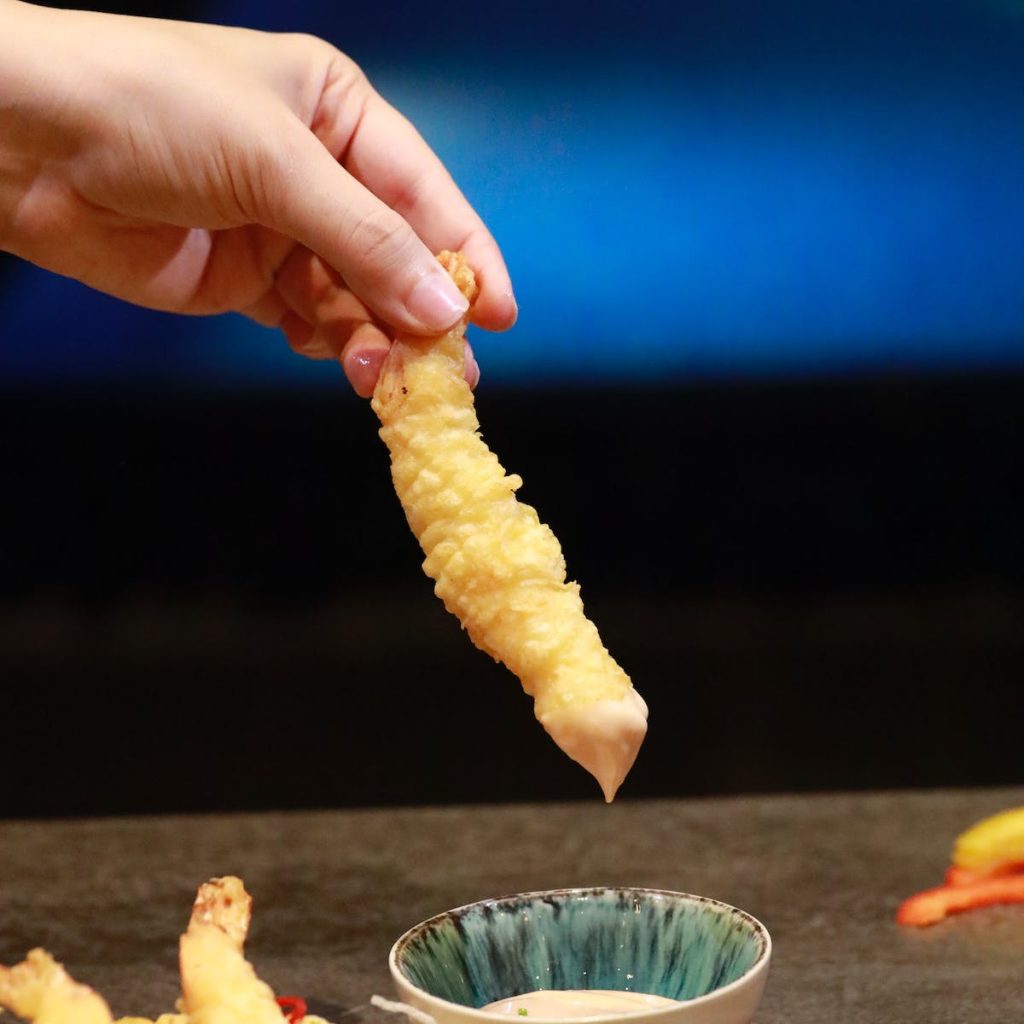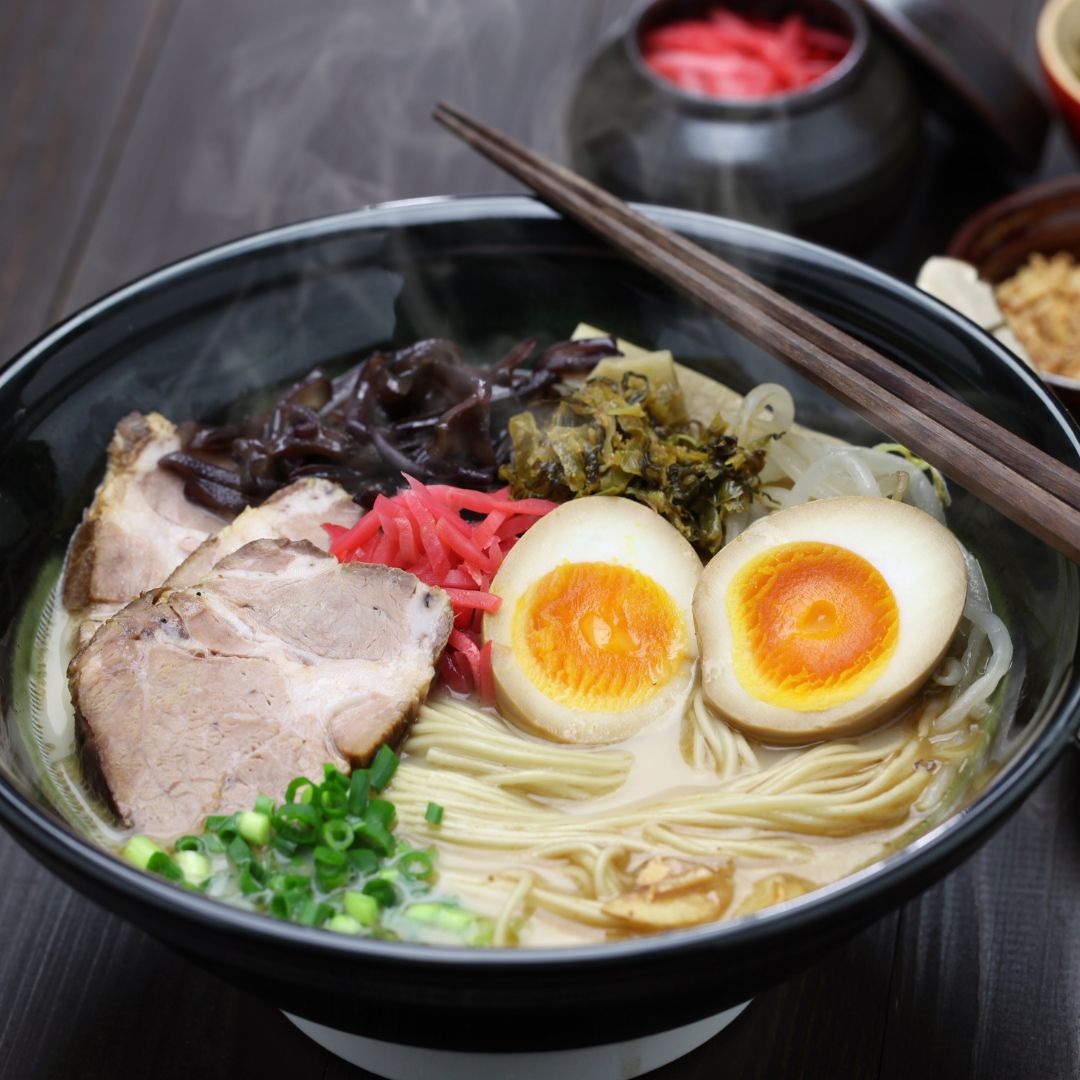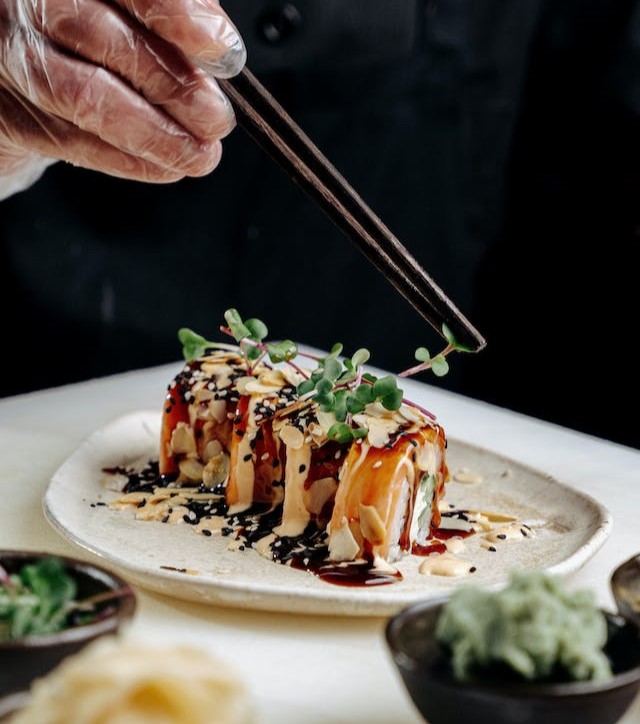Are you a fan of Japanese cuisine? Beware, because not all Japanese food is as healthy as it seems.
In our unhealthy Japanese food topic, we reveal the hidden dangers lurking in your favorite dishes.
From the sodium overload in ramen to the unhealthy ingredients found in sushi, you’ll discover the truth behind these seemingly innocent treats.
Get ready to rethink your choices and make healthier decisions when indulging in Japanese cuisine.
Key Takeaways
- Deep-fried tempura poses health risks due to acrylamide formation, weight gain, and disease risks. Opt for healthier alternatives like grilling or steaming, using whole-grain batters, or substituting veggies.
- Ramen can lead to high sodium intake, impacting blood pressure. Choose low-sodium broth or vegetable-based noodles for a healthier twist on this classic Japanese dish.
- Watch out for unhealthy sushi ingredients like mayo and cream cheese. Explore nutrient-rich alternatives with vegetables or innovative fusion sushi options for a tastier and healthier experience.
- Despite hidden health risks in Japanese cuisine, innovative choices like lighter tempura, low-sodium ramen, and nutritious sushi variations allow enjoyment without compromising health.
The Hidden Dangers of Deep-Fried Tempura

You should be aware of the potential risks associated with eating deep-fried tempura.
While tempura may be a delicious and popular Japanese dish, it’s important to consider the health implications. Deep-frying food can lead to the formation of harmful compounds such as acrylamide, which is known to be carcinogenic. These compounds are formed when starchy foods, like tempura batter, are heated at high temperatures.
In addition, consuming deep-fried foods regularly can contribute to weight gain and increase the risk of developing conditions like heart disease and diabetes.
It’s important to find innovative ways to enjoy Japanese cuisine without sacrificing your health. Consider opting for healthier cooking methods like grilling or steaming or exploring alternative ingredients to create a lighter and more nutritious version of tempura.
Instead, explore alternative ingredients to create a lighter and more nutritious version of tempura, such as using whole-grain batters or substituting vegetables for some of the deep-fried items.
Embracing these creative approaches not only enhances the nutritional value of your favorite Japanese dishes but also allows you to relish them guilt-free, all while promoting a healthier lifestyle.
Sodium Overload: The Truth Behind Ramen

When indulging in a bowl of ramen, be cautious of the sodium overload and consider healthier alternatives with a lower sodium content.
While ramen is undoubtedly a beloved and innovative dish, it’s important to be mindful of the potential health risks associated with excessive sodium intake. High sodium levels can lead to increased blood pressure and other cardiovascular issues.
But fear not, fellow food enthusiasts, for there are innovative alternatives that can satisfy your cravings without compromising your health. Opt for ramen bowls made with low-sodium broth or explore the world of vegetable-based noodles to create a lighter, yet equally delicious, version of this Japanese classic.
By embracing these innovative options, you can still enjoy the flavors of ramen while prioritizing your well-being. So, embark on your ramen journey with health-conscious choices in mind.
Sushi Secrets: Unhealthy Ingredients to Watch Out For

Avoid sushi rolls with unhealthy ingredients like mayo and cream cheese, as they can negatively impact your health. Instead, opt for innovative sushi creations that prioritize fresh, nutritious ingredients.
Embrace the culinary revolution happening in the world of sushi, where chefs are experimenting with unique flavors, textures, and presentations. Try sushi rolls filled with nutrient-rich vegetables like avocado, cucumber, and carrots, or explore the bold and exciting combinations of fish, fruits, and herbs.
Open your mind to the possibilities of sushi that go beyond the traditional. Seek out restaurants that specialize in fusion sushi, where traditional Japanese techniques are combined with flavors from around the world.
Embracing innovation in sushi won’t only satisfy your taste buds but also promote a healthier lifestyle. So, dive into the world of inventive sushi and savor both the taste and the well-being it offers.
Conclusion to Unhealthy Japanese Food
In the realm of Japanese cuisine, the delightful flavors can sometimes conceal hidden health risks. We’ve uncovered truths about the potentially harmful elements in deep-fried tempura, the excessive sodium in ramen, and the less-than-healthy ingredients in sushi.
But there’s good news! Innovation allows us to enjoy Japanese food while staying mindful of our health. Consider lighter cooking techniques for tempura, explore low-sodium ramen options, and dive into the creative world of sushi with fresh, nutritious ingredients. With these healthy choices, we can relish Japanese cuisine while prioritizing our well-being.








Konnichiwa! (Hello!) I'm Pat Tokuyama, a Japanese tofu cookbook author, who travels for music, food, and adventure. If you like Japanese tea, checkout some of the newestorganic japanese tea, matcha bowls and noren and more!
** Curious about the Plant Based Japanese Cooking Club? ** Learn more here!